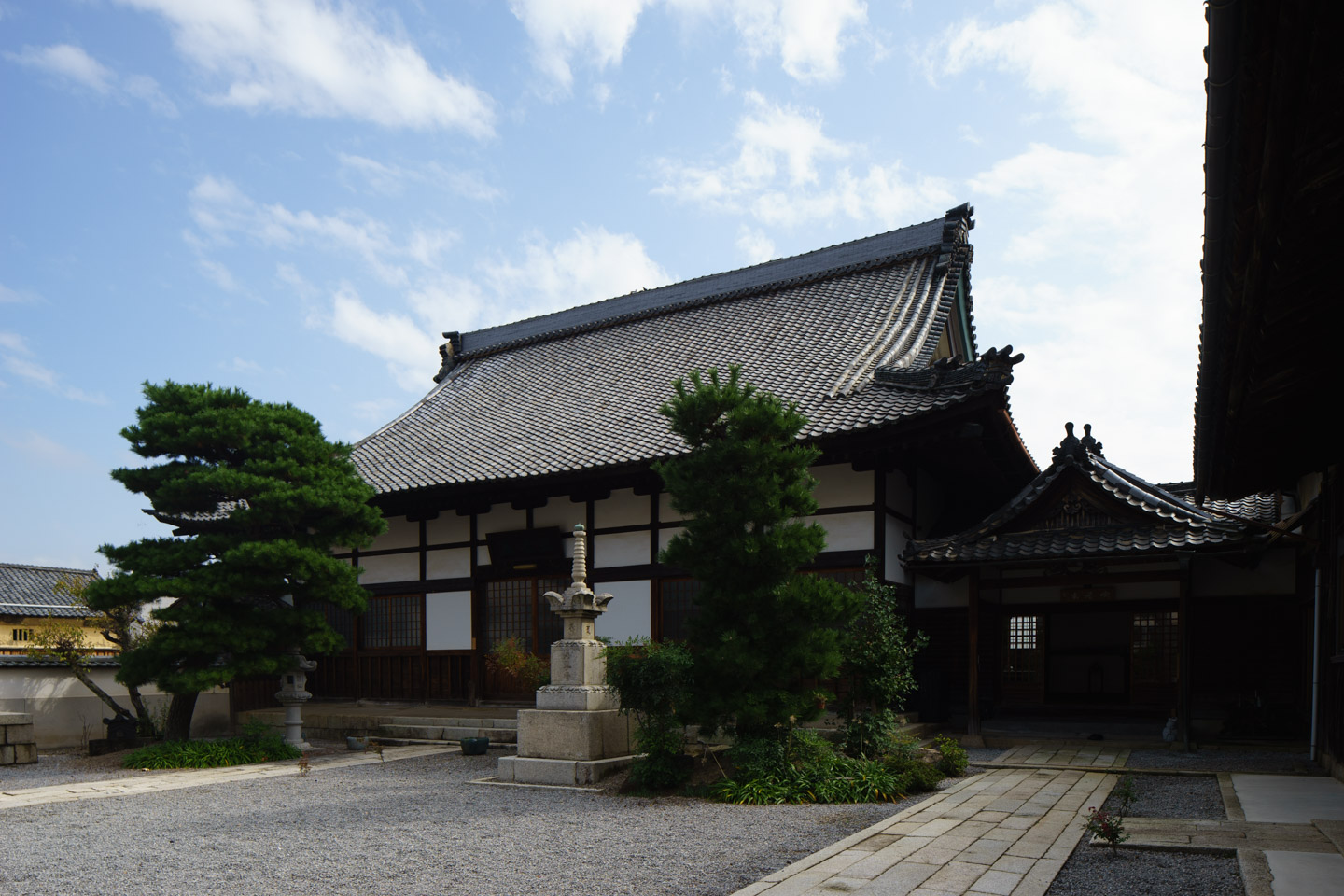Hiraishi Kuheiji Tokimitsu
Hiraishi Kuheiji Tokimitsu
“The New Land Boat Vehicle” is considered an early precursor to the bicycle and car
place Area: Hikone
access_time Published: 2020.03.12
Name in Japanese: 平石久平次時光
Dates: 1696 to 1771
This Edo-period inventor with a long name was a retainer of the Hikone Domain. He lived from 1696 to 1771, serving as a magistrate for a large area of today’s Ōmi. Kuheiji was a man of great academic and practical ability. He had a strong inquisitive spirit and while performing his duties as magistrate, he observed the stars every night and drew precise astronomical charts. These charts, and some of his other works, can be found in the Hikone City Library. Based on the charts, he was able to calculate the latitude and longitude of Hikone based on the position of the stars. He’s known to have written 376 books in his lifetime.
Kuheiji also invented a self-propelled tricycle that can be considered a precursor to both the bicycle and the car.
The New Land Boat Vehicle
At a meeting of the Industrial Archaeology Society in 2003, Toshio Sugawara gave a report entitled “The Invention of Human Powered Vehicles in Japan from 1728 to 1732”. He quoted from Kuheiji’s book “The New Land Boat Vehicle”, which is also in the Hikone City Library. It describes a boat-shaped tricycle with pedals and a handle for steering. It was actually built and used successfully in 1732. It preceded the invention of the bicycle in Europe by more than a hundred years, and it was the first machine in the world to realize the concept of a pedal-powered vehicle.
According to Sugawara’s report, Kuheiji started his research when he was inspired by a “land boat vehicle” that was made by a farmer called Kadoya in today’s Honjō, Saitama Prefecture. This cumbersome, four-wheeled machine used a treadmill linked by gears to its wheels. It attracted admiration in Edo, but Kuheiji didn’t know exactly how it worked.
Kuheiji’s book has a rough drawing of the vehicle invented by Kadoya based on testimony of a person who actually saw it. It also has a detailed description of another similar vehicle that attracted attention at the time. Kuheiji’s innovation was to bend a metal axle into a cranked shape and attach geta clogs to the cranks, achieving direct drive of the back wheels. The geta can also be considered the precursor of toe-clips. This simplified, direct drive enabled a smaller, lighter vehicle.
This technology is thought to have been used only by Kuheiji himself, due to the poor general road conditions at that time and the shogunate’s policy of suppressing the development of new local technology.
In the early 1980s, Prof. Ōsuka Kazumi of the Nakanihon Automotive College announced it as a precursor of the car, but it failed to attract much attention. Then in 2003, Kuheiji’s vehicle was featured on television, restored at full size by ship carpenters based on the historical records. It ran on the streets of Tokyo. In an experiment, it climbed a 20-degree slope, demonstrating its performance as a practical vehicle. However, because the recreated vehicle was based on a foreshortened drawing of the item, researchers are questioning whether it was really the same shape that Kuheiji created.
According to the program, Kuheiji hit on the idea of the mechanism when he was turning the handle of a millstone for making soba flour. The structure of the pedals and crankshaft of the new vehicle was unique, and different from the later European bicycles with pedals on the front wheel. In Kuheiji’s tricycle, the smaller front wheel was controlled by a handlebar connected to the wheel by ropes. The vehicle was pedalled in a standing position, relying on the upright handle for balance.
Chōshō-in Temple
Kuheiji’s books and drawings of his many inventions were kept in an iron three-storied pagoda in the precincts of Chōshō-in Temple, the family temple of the Ii clan. However, in the early twentieth century, Kuheiji’s descendants living in Kanto removed the documents and took them to Tōkyo, where several years later, they were all burned in the fires following the Great Kanto Earthquake. All that remains today are the few pages left in Hikone. The three-storied pagoda was donated to the military during WWII to be melted down for armaments. Today only the foundation can be seen. Kuheiji’s grave is in the temple precincts.
Were it not for the shogunate’s ban on new technologies that might threaten its power, the Hikone tricycle might have ushered in an early revolution in personal mobility and freedom of movement.
